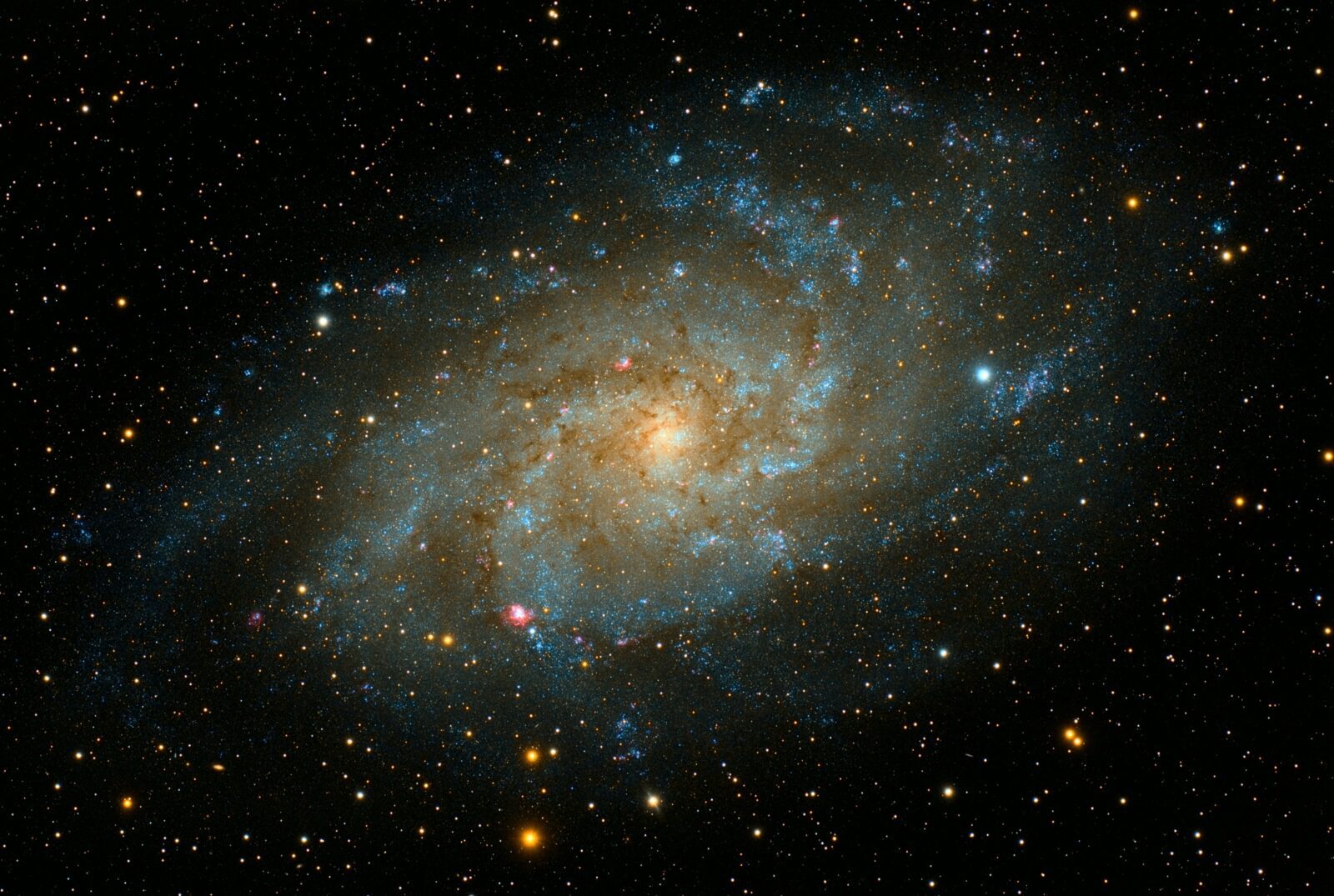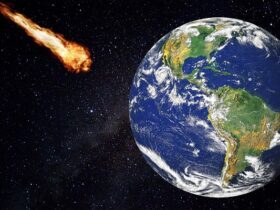Despite the vast distances involved, astronomers have captured the light of a single star from the beginning of the Universe. It is the most remote object of its kind yet discovered, dating from just 900 million years after the Big Bang. It was named Earendel by its discoverers from the Anglo-Saxon term for “dawn star.”
The dawn of the universe
The light from Earendel has traveled a considerable distance to reach us, making determining its properties challenging. Follow-up observations with the James Webb Space Telescope, on the other hand, have already been approved. This time period, known as “the Cosmic Dawn,” happened 13.8 billion years after the Big Bang and is very difficult to witness. When the first stars and galaxies form, the sky is not just gloomy and dark, but also very distant. When it comes to hunting for ultra-bright astronomical phenomena like quasars, our technology and analytical tools have reached their limitations.
Gravity, on the other hand, has a way of revealing us things that would otherwise be out of reach. Gravitational lensing is a concept used by astronomers to describe the bending of space-time around massive objects such as galaxies and galaxy clusters.
Light from a distant object will pass across the gravitational space-time curvature if a massive object is directly between us and it. When you do this, it’s as if you’re seeing through a big magnifying glass: The light from the faraway object was smeared and twisted, but it was also expanded and replicated.
Astronomers can then reverse-engineer the light to discover what was magnified. These weak patches, such as those observed during the Cosmic Dawn, are often used to find galaxies.
In reality, Earendel’s home galaxy, WHL0137-LS, was discovered by the Hubble Space Telescope as a smear magnified by a huge galaxy cluster. A team of astrophysicists led by Johns Hopkins University’s Brian Welch spotted a bright object exactly on top of the lensing key curve in the galaxy’s disk.













Leave a Reply